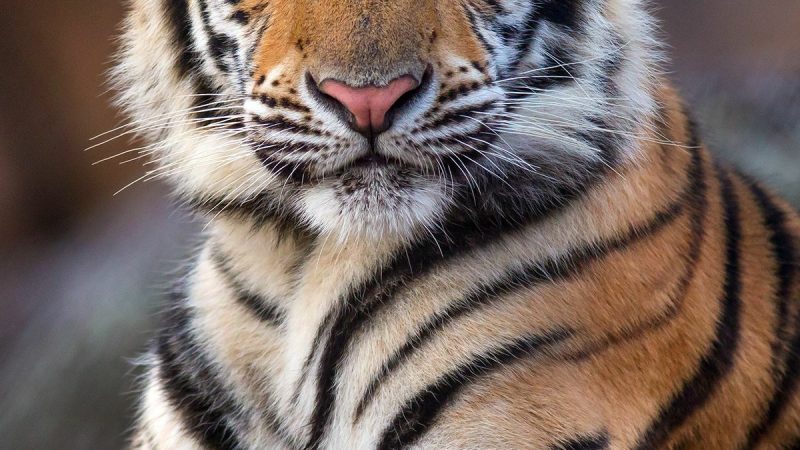Marvelous Avian Wonders: Unveiling a Long Silky-Tailed Bird with Striking Crest and Exceptional Color Fusion

In the realm of avian marvels, there exists a captivating species that embodies the harmonious fusion of distinctive traits and remarkable colors. The Long-Tailed Silky-Flycatcher (Ptiliogonys caudatus), measuring approximately 24 cm in length, emerges as a striking creation of nature. With its pale gray forehead, this thrush-sized bird showcases a unique blend of features that make it a true wonder to behold.

This avian jewel boasts a charismatic presence with its vivid coloration and distinct markings. The striking crest atop its head adds to its regal appearance, setting it apart from other avian counterparts. Its body, with a weight of around 37 grams, is adorned with a vibrant palette of hues that captivate the observer’s gaze.

The Long-Tailed Silky-Flycatcher exhibits an enchanting arrangement of colors across its body. The upper portions, including the crested head, neck, throat, and lower belly, are adorned with a resplendent shade of yellow. Contrasting with this sunny hue, the back, lower breast, and upper belly showcase an elegant blue-gray tint. The wings and the long, pointed tail, serving as its namesake, present a velvety black hue, creating a striking contrast against the vibrant backdrop.

Adding a touch of intricate detail, the outer tail feathers of this bird are adorned with delicate white spots, reminiscent of nature’s artistic finesse. In their entirety, these features culminate to create a masterpiece of color and form, a testament to the captivating diversity of the avian world.

Distinguished by sexual dimorphism, the female of this species exhibits her own unique charm. Slightly smaller than the male, with a length of approximately 21 cm, she displays a subtler appearance. Her gray forehead boasts a darker hue, while her body plumage adopts a lovely olive shade. The female’s black tail, while shorter and less intense than the male’s, adds a touch of elegance to her overall demeanor.
As the juvenile birds begin to spread their wings in the world, they closely resemble their adult counterparts, albeit with minor distinctions. The central tail feathers are shorter in comparison, and the distinctive white spotting on the outer tail is less pronounced. These juvenile birds add an element of youthful charm to the species, showcasing the journey of growth and adaptation.

The natural habitat of the Long-Tailed Silky-Flycatcher is confined to the mountainous regions of Costa Rica and western Panama, where they find their home at altitudes ranging from 1,850 meters up to the timberline. These avian wonders are commonly found in mountain forests, secondary forests, and pastures adjacent to wooded ravines. This unique habitat preference contributes to the bird’s mystique, as it is not commonly encountered in lower elevations.
When not engaged in breeding activities, these birds tend to forage in small flocks. Their feeding habits involve sallying forth in flight to catch insects or enjoy small fruits, with mistletoe being a favored delicacy. This behavior adds an element of social interaction to their lives, highlighting their connections within their ecosystem.

The Long-Tailed Silky-Flycatcher engages in breeding activities from April to June, a period when solitary nesting or small group nesting, with up to five pairs, is observed. During this time, the birds construct open cup-shaped nests, often built in tree forks or on tall shrubs, using plant materials such as lichen and caterpillar silk. The nesting process is a collaborative effort between male and female, where the male takes on the role of feeding the female. Once the eggs are laid, the female incubates them for approximately 16 to 17 days, still receiving sustenance from her mate. Upon hatching, the chicks are nurtured by both parents until they fledge around 24 to 25 days later.
Despite being categorized as “common,” the Long-Tailed Silky-Flycatcher’s population is suspected to be declining due to habitat destruction caused by factors such as burning, logging, and agricultural expansion. As these marvelous avian wonders grace the cloud forests with their presence, their survival remains a testament to the delicate balance of nature and the importance of conservation efforts.



